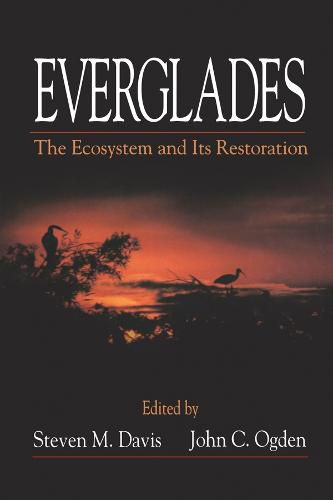Readings Newsletter
Become a Readings Member to make your shopping experience even easier.
Sign in or sign up for free!
You’re not far away from qualifying for FREE standard shipping within Australia
You’ve qualified for FREE standard shipping within Australia
The cart is loading…






The 31 chapters provide a wealth of previously unpublished information, plus topic syntheses, for a wide range of ecological parameters. These include the physical driving forces that created and continue to shape the Everglades and patterns and processes of its flora and fauna. The book summarizes recent studies of the region’s vegetation, alligators, wading birds, and endangered species such as the snail kite and Florida panther. This referee-reviewed volume is the product of collaboration among 58 international authors from 27 institutional affiliations over nearly five years. The book concludes with a synthesis of system-wide restoration hypotheses, as they apply to the Everglades, that represent the integration and a collective viewpoint from the preceding 30 chapters. Techniques and systems learned here can be applied to ecosystems around the world.
$9.00 standard shipping within Australia
FREE standard shipping within Australia for orders over $100.00
Express & International shipping calculated at checkout
The 31 chapters provide a wealth of previously unpublished information, plus topic syntheses, for a wide range of ecological parameters. These include the physical driving forces that created and continue to shape the Everglades and patterns and processes of its flora and fauna. The book summarizes recent studies of the region’s vegetation, alligators, wading birds, and endangered species such as the snail kite and Florida panther. This referee-reviewed volume is the product of collaboration among 58 international authors from 27 institutional affiliations over nearly five years. The book concludes with a synthesis of system-wide restoration hypotheses, as they apply to the Everglades, that represent the integration and a collective viewpoint from the preceding 30 chapters. Techniques and systems learned here can be applied to ecosystems around the world.